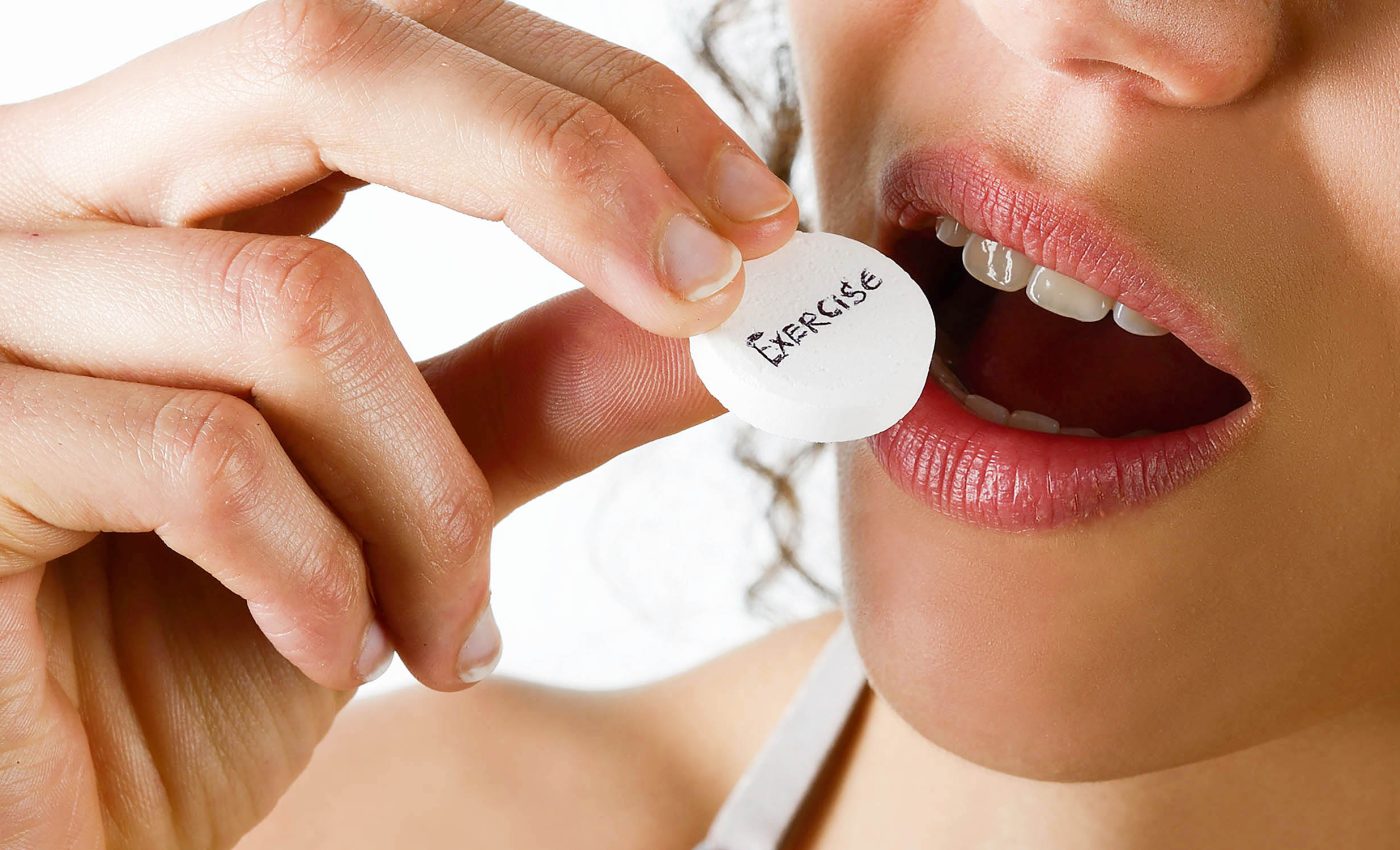
New drug mimics exercise benefits without breaking a sweat
It’s not uncommon to yearn for the benefits of a good workout while skipping the sweaty part. Medical scientists have been chasing this dream for a while now. Well, Danish researchers believe we’ve just moved a step closer to this reality, with a promising new exercise drug on the horizon.
This nifty invention claims to duplicate the benefits of exercising without the user breaking a sweat. It flushes toxins out of the body and strengthens the heart, all while you’re just sitting there. Sounds too good to be true? Stick around.
Exercise drug in action
In a study conducted on our furry friends, the rats, this drug showed promising results.
Believe it or not, researchers said the drug prompted the same health benefits as running 10km (approximately 6.21 miles) at high speeds.
Now wouldn’t we all love to reap the benefits of a 10km (6.21 miles) run without actually breaking a sweat?
Dr. Thomas Poulsen, a chemist at Aarhus University, was the guiding force behind this groundbreaking discovery.
He acknowledges the difficulty of maintaining motivation to run several kilometers at high speeds and diet constraints.
“For people with physical ailments, such as a weak heart or general weakness, a nutritional supplement can be the key to better recovery,” he said.
Exercise biology
After a workout, your body enters an inflammation state with increased levels of lactate and ketones.
When these substances are high, the body releases hunger-suppressing chemicals, and starts clearing the fatty acids in the blood, which are linked to health conditions like diabetes, cancer, and dementia.
The new exercise drug, currently named LaKe, can “artificially control the amounts of lactate and ketones safely,” says the research team.
The drug is now progressing into human trials to test whether it is safe before evaluating its effects on us, humans.
How far are we from the exercise drug?
If everything goes well, the molecule could potentially be developed into a supplement for human consumption.
But don’t get your hopes too high just yet. Scientists warn that it would most likely take years before it becomes available. Patience is key here.
“We’ve developed a molecule that can mimic the body’s natural metabolic response to strenuous exercise and fasting,” Dr. Poulsen enthused.
“In practice, the molecule brings the body into a metabolic state corresponding to running 10 kilometers at high speed on an empty stomach.”
Health benefits of exercise drug
“When lactate and ketone levels in the blood increase, the production of an appetite-suppressing hormone increases, and the level of free fatty acids in the blood decreases,” Poulsen explained.
As a result, the risk of developing metabolic syndrome (a cluster of conditions that increases the risk of heart disease, stroke, and type 2 diabetes) reduces.
Ethical considerations
As we stand on the brink of potentially transformative health solutions like the LaKe drug for exercise, ethical considerations come into sharp focus.
The prospect of a pill that replaces physical exertion raises questions about the societal implications of such advancements.
Could this lead to an increased dependency on pharmaceuticals, diminishing the inherent value we place on physical activity?
Moreover, concerns arise regarding equitable access — whether this futuristic wellness intervention will be available to all or limited to those with the resources to afford it.
To navigate these questions, a comprehensive dialogue among ethicists, policymakers, and scientists is imperative to ensure this development benefits a wide spectrum of society without perpetuating inequality.
Future outlooks and beyond
As researchers go deeper into the potential of the LaKe drug for exercise, their eyes are fixed on the horizon of future applications.
Beyond the immediate promise of exercise-mimicking benefits, there lies the potential to expand this drug’s application to individuals with disabilities, elderly populations, and those recovering from severe illnesses, significantly improving quality of life.
Meanwhile, the scientific community remains vigilant, welcoming critical evaluation and peer review to ensure both safety and efficacy.
As we await the results of ongoing trials, a cautious optimism prevails — this innovative approach could very well redefine the paradigms of health and wellness in the years to come.
These findings have been published in the Journal of Agricultural and Food Chemistry.
—–
Like what you read? Subscribe to our newsletter for engaging articles, exclusive content, and the latest updates.
Check us out on EarthSnap, a free app brought to you by Eric Ralls and Earth.com.
—–













